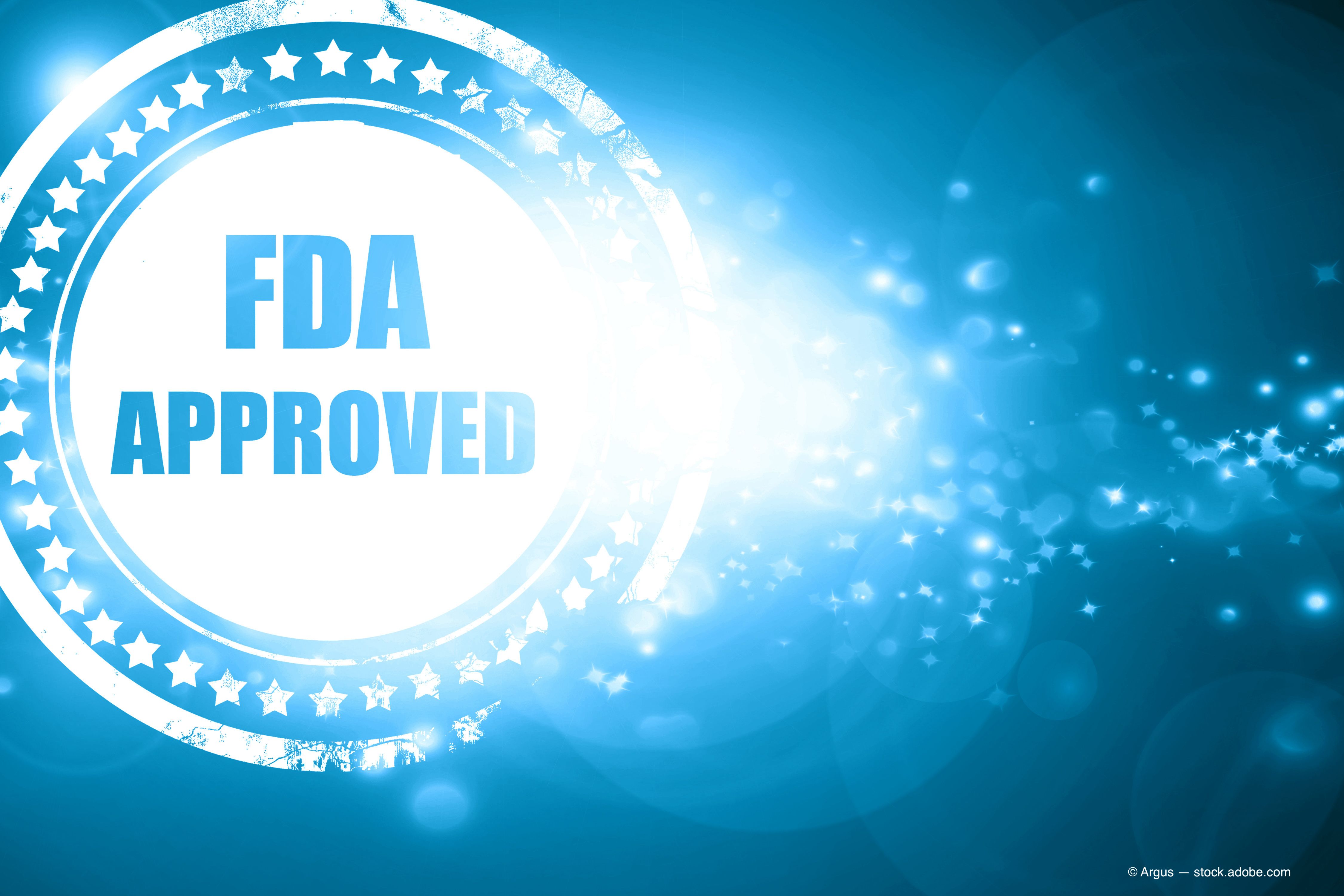FDA approves brolucizumab-dbll 6 mg for DME treatment
This is the second FDA-approved indication for BEOVU; it was initially approved in 2019 for the treatment of wet AMD.

The US Food and Drug Administration (FDA) approved Beovu (brolucizumab-dbl) 6 mg for the treatment of patients diagnosed with diabetic macular edema (DME), Novartis announced Wednesday.
This is the second FDA-approved indication for Beovu; it was initially approved in 2019 for the treatment of wet age-related macular degeneration (AMD).
The latest approval is based upon first-year data from the KESTREL and KITE phase 3, randomized, and double-masked studies. Both studies met their primary endpoint of non-inferiority in change in best-corrected visual acuity (BCVA) from baseline versus aflibercept at year one, according to a news release.
Additionally, a numerically lower proportion of patient eyes treated with Beovu had intraretinal fluid, subretinal fluid or both at week 52 versus eyes treated with aflibercept (in KESTREL 60.3% in the Beovu arm versus 73.3% in the aflibercept arm; in KITE 54.2% versus 72.9%, respectively; statistical significance was not tested), according to the company.
Further, 50% of BEOVU patients in the KITE study and 55% of patients in the KESTREL study remained on a 12-week dosing interval after the loading phase through year one.
“KESTREL and KITE were the first pivotal trials to assess an anti-VEGF on six-week dosing intervals in the loading phase, suggesting Beovu may offer fewer injections from the start of treatment through year one,” stated Jill Hopkins, SVP and Global Development Unit Head, Ophthalmology, Novartis, in the release.
By Week 52, patients received a median of seven Beovu injections. Patients treated with BEOVU exhibited a significant reduction from baseline in central subfield thickness (CST) starting at Week 4 and continuing up to Week 52, according to the news release.
The Beovu prescription information indicates that — following the loading phase of 5 doses injected 6 weeks apart — patients should be treated once every 8 to 12 weeks. During both the KESTREL and KITE trials, aflibercept patients were dosed each 8 weeks.
Additional reported results from the studies include:
The most common adverse event (≥5%) reported in patients who received Beovu in the DME clinical trials was conjunctival hemorrhage. Intraocular inflammation (IOI) rates in KESTREL were 4.7% for brolucizumab 3 mg (including 1.6% retinal vasculitis), 3.7% for BEOVU 6 mg (including 0.5% retinal vasculitis), and 0.5% for aflibercept 2 mg.
IOI rates in KITE were equivalent (1.7%) between the Beovu 6 mg and aflibercept 2 mg arms with no retinal vasculitis reported. Retinal vascular occlusion was reported in KESTREL for brolucizumab 3 mg (1.1%) and 6 mg (0.5%), and in KITE for brolucizumab and aflibercept (0.6% each).
In KESTREL, the percentage of patients who experienced ≥15 letter loss from baseline at year one was 1.6% for brolucizumab 3 mg, 0% for Beovu 6 mg and 0.5% for aflibercept.
In KITE, the percentage of patients who experienced ≥15 letter loss from baseline at year one was 1.1% for Beovu 6 mg and 1.7% for aflibercept. Brolucizumab 6 mg is the commercialized dose of Beovu.
Newsletter
Want more insights like this? Subscribe to Optometry Times and get clinical pearls and practice tips delivered straight to your inbox.